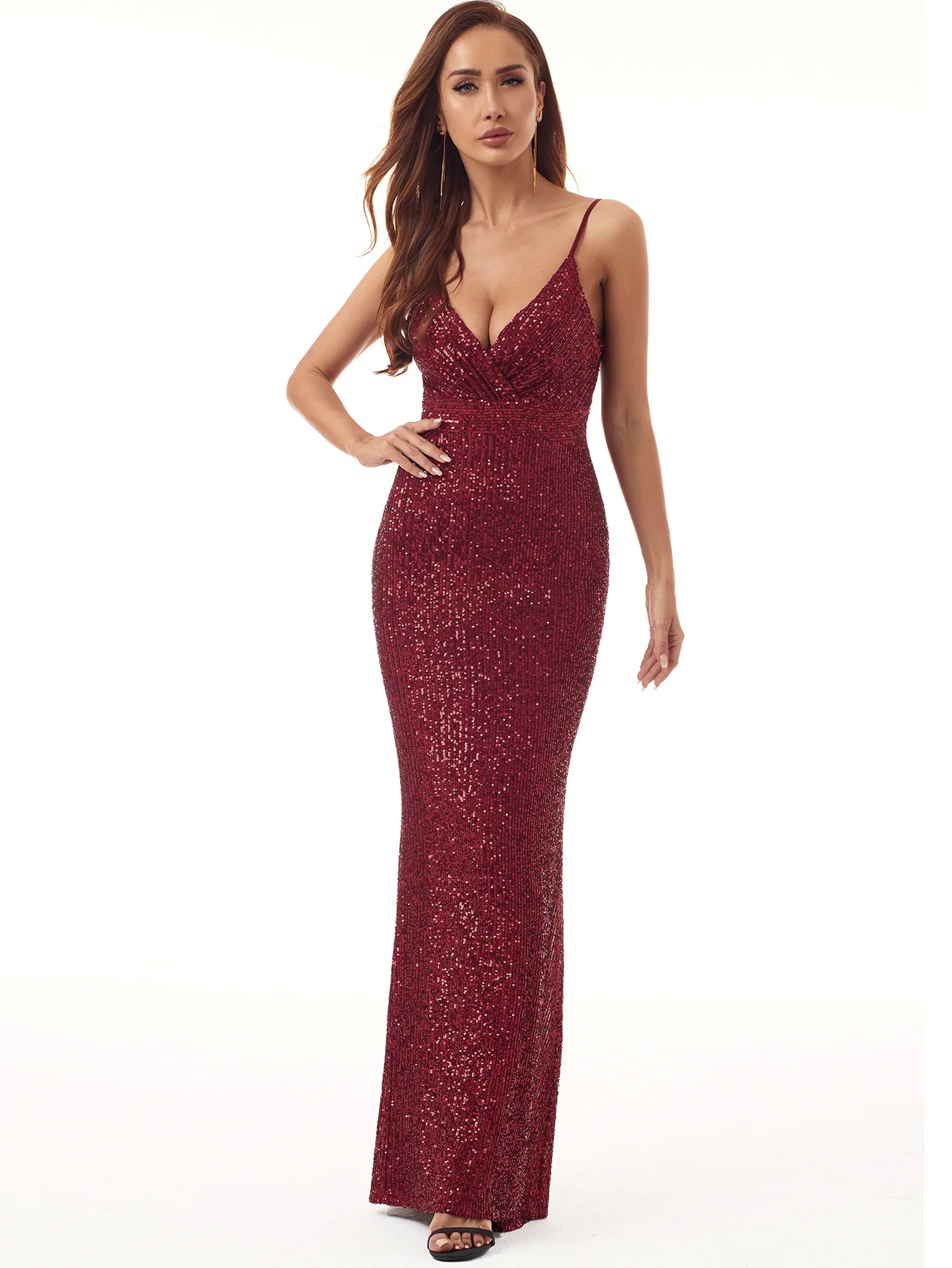
In the kaleidoscope of fashion history, few garments have held the captivating allure and sparkle quite like sequin dresses. These shimmering wonders have adorned everyone from royalty to rock stars, evolving from opulent symbols of wealth to iconic staples on today’s runways. Join us on a journey through time as we unveil the captivating history and cultural significance of sequin dresses!
The Origins: A Glittering Prelude
Sequins, derived from the Arabic word “sikka,” meaning coin or minting, have a storied past dating back centuries. The earliest origins can be traced to ancient Egypt, where these tiny metallic discs were used as decorative elements on garments to reflect light and signify opulence. Embellishments with gold and silver sequins were reserved for the elite, emphasizing wealth and social status.
Renaissance Royalty: A Regal Affair
During the Renaissance era, sequins continued to symbolize luxury. European royalty and nobility adorned their lavish attire with intricately embroidered sequins, enhancing the grandeur of their courtly garments. This era marked a shift in the perception of sequins from mere embellishments to statements of wealth and power.
The Roaring Twenties: Jazz, Glamour, and Flapper Dresses
The 1920s witnessed a seismic shift in fashion, and sequins took center stage amidst the Jazz Age. Flappers, the embodiment of liberation and modernity, embraced sequin-adorned dresses that epitomized the era’s exuberance. These shimmering ensembles reflected the spirit of rebellion, breaking away from traditional norms with their shorter hemlines and flashy embellishments.
Hollywood Glamour: Sequins on the Silver Screen
As Hollywood’s Golden Age dawned, sequin dresses became synonymous with glamour and sophistication. Film sirens like Marilyn Monroe and Audrey Hepburn captivated audiences worldwide in dazzling sequin gowns, setting trends and solidifying the sequin dress’s status as an emblem of allure and allure.
The Swinging Sixties and Disco Fever: Sequins as a Cultural Phenomenon
The 1960s and ’70s ushered in a new wave of sequin fascination. The rise of disco culture catapulted sequin dresses into the limelight, adorning the dance floors with their reflective brilliance. Iconic figures like Diana Ross and Cher became style icons, donning extravagant sequin ensembles that became synonymous with the era’s flamboyance and freedom of expression.
Modern Resurgence: Sequins on the Runways
Fast forward to the present day, and sequin dresses continue to captivate fashion aficionados. Designers constantly reinterpret sequins, integrating them into collections that range from haute couture to ready-to-wear. Sequin dresses have evolved beyond eveningwear, gracing red carpets, street-style looks, and even bridal couture, showcasing their versatility and timeless appeal.
Embracing Diversity and Empowerment: Sequins for Everyone
One of the most remarkable aspects of the sequin dress’s evolution is its embrace by diverse cultures and identities. Today, sequins are not merely associated with luxury but also represent inclusivity and empowerment. They adorn dresses worn during cultural celebrations, pride parades, and festivals worldwide, symbolizing joy, self-expression, and unity.
Conclusion: The Enduring Elegance of Sequin Dresses
The history of sequin dresses is a testament to their enduring allure and transformative power in the world of fashion. From their opulent origins to their evolution as symbols of empowerment and expression, sequin dresses have transcended time and trends, shimmering through history as emblems of glamour, rebellion, and inclusivity.
So, whether you’re dressing up for a glamorous soirée or adding a touch of sparkle to your everyday style, the sequin dress remains a timeless and enchanting wardrobe essential, bridging the past with the present and continuing to dazzle with its iridescent charm.
